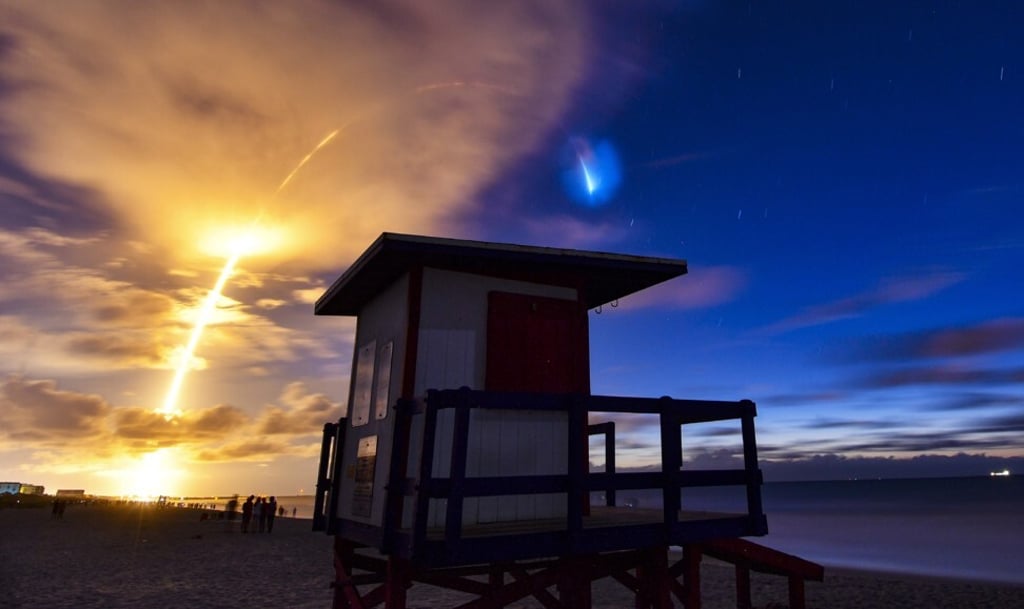To compete with Elon Musk’s Starlink, China’s private space ventures must work with their state-owned competitors
- In an effort to catch up with Elon Musk’s Starlink satellite internet, China established a new state-owned group to coordinate industry resources
- Private rocket and satellite makers bring innovation to China’s state-led space efforts, but they also face competition from state-owned giants

He and his colleagues were inspired by Google’s Lunar X Prize, a competition for privately funded teams to be the first to land a lunar rover on the Moon. Since paying a state-run company to launch the rover would have been too expensive – and there were no private options – they had to give up before they could even start.
“I felt like someone in China must start this, even though at the time it still wasn’t recognised by most people, and there weren’t clear policies,” said Xie, founder and CEO of Chinese commercial satellite start-up Commsat. “By the time we realised it was the right time, it might have been too late.”

Two such companies – China Aerospace Science and Technology Corporation (CASC) and China Aerospace Science and Industry Corporation (CASIC) – have been planning their own constellations named Hongyan, Hongyun and Xingyun. The three projects combined plan to launch more than 500 satellites into low-Earth orbit.